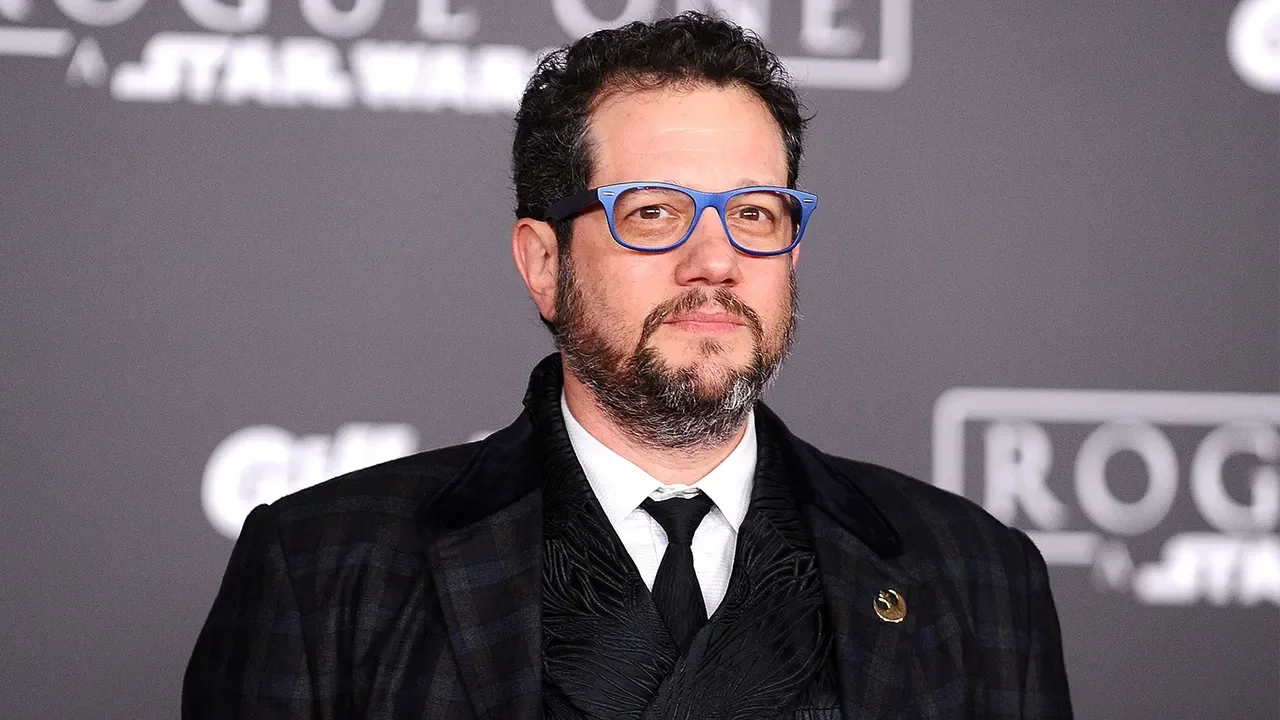How Andor Uses Visual Storytelling to Simulate The Feeling of Being Trapped
Image Source: IGN Nordic
Andor is about to wrap up it’s incredible season with the finale airing Wednesday. All the stories that have unfolded are about to coalesce on Ferrix as Cassian, learning about the death of his mother, is likely to return home, into the snares of an Imperial trap. With all that, it’s bound to be a fantastic ride.
A large aspect of what has helped establish the success of the show and really set the tone for the finale is Toby Haynes’ directing.
RELATED:
IndieWire sat down with Haynes recently to talk about his cinematic style and how he shoots his scenes to immerse the viewer in the experience.
“[Every scene] needs to feel like it’s really happening right now, right in front of your eyes, and we’re just lucky enough to glimpse it with the camera,” Haynes said to IndieWire. The way he watches rehearsal looking at the different angles is masterfully played out in the shots that really sold the episodes. When Mon is meeting with Davo Sculdun, the framing places her square in the middle of the two men, surrounded by the glamour of her apartment, which underscores the gilded nature of her life at the moment. The shots that focus on her face as Davo reveals his ultimatum, and, as Haynes points out, the floor shot that centers on her through his departing feet, are both meant to convey her isolation.
Image Source: Dork Side of the Force
There are also the prison sequences and the escape. Much of the episode “No One’s Listening" focuses on Kino’s face, and Serkis’ incredible acting traces the gradual comprehension of his lot in the prison, or the incredible passion in the control room when he delivers his speech. Haynes purposely films Kino’s face at odd angles and a shaky camera at the start, and as he gains confidence and anger, those shots become more focused and clean. Haynes says, “I wanted to make sure it felt like you knew where you were just by the way that the camera is behaving.” He discusses how the camera in episode eight is more “cinematic”, but by the time it gets to episode ten, it’s far more frenetic. Like the way it races up the stairs with the prisoners as they ascend the prison, or zooms in on Kino’s face as he realizes he’s going to have to swim, and he’s overtaken by the bodies of the escaping prisoners.
Image Source: SlashFilm
Even back in the first episodes, Andor’s cinematography has been a breath of fresh air to a franchise that’s longed for a stimulus of a new approach. With young Cassian on his home planet of Kenari, the people in his tribe or village speak in their native tongue, but if you watch closely, there’s no subtitles and all information is conveyed through body language, which was a deliberate choice.
Andor’s ratings don’t reflect what it’s done for the franchise. It’s gritty and dark, it smudges the line between right and wrong, and it's detached from all the major markers and tropes of other works in the Star Wars universe. It’s well known, of course, where the series will ultimately end, but the show makes a point that a story is all about the journey. Though the season ends on Wednesday, Cassian’s story is just beginning.
READ NEXT:
Source: IndieWire















